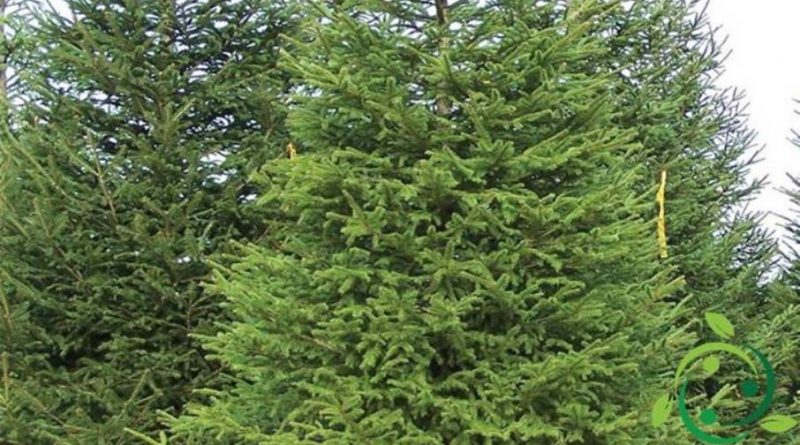How to grow Spruce
How to grow Spruce
Spruce (Picea abies (L.) H.Karst., 1881) is a tree of the Pinaceae family, very common in the Alps as well as in the rest of Europe.
Therefore, for the cultivation of spruce it is necessary to take into account the pedoclimatic conditions of its natural habitat and therefore its vegetational needs.
In this sheet we will see, therefore, how to cultivate the spruce, following the most suitable agronomic and forest indications, considering that in addition to possible ornamental purposes this plant plays a very important role in the production and protection of forest.
For the cultivation of spruce, bear in mind that, in the early years, this plant fears drought; for this reason we must not hesitate to water it in the dry period. Therefore, it requires regular but not excessive watering. In preparation for winter, the spruce must accumulate water to deal with extreme conditions. His metabolism has slowed since the end of the summer. In winter, when it is exposed to temperatures above the freezing point, the fir continues to perform photosynthesis and this leads to a continuous loss of water. Added to this are the winter winds combined with dehydrating cold.
For these reasons rescue irrigation becomes necessary, above all due to climate changes that lead to an increase in average annual temperatures and a decrease in summer precipitation. These are factors that, if not corrected by irrigation techniques, can compromise the stability and productivity of young forests.
For its cultivation it is recalled that the spruce grows in any soil, preferring, however, acid soils, deep and fresh.
In the cultivation technique as an ornamental plant it must be planted away from the wind.
The propagation technique can take place with the planting of young seedlings in earthen bread but you can also proceed, for those who have the possibility of finding the seeds, with the sowing that must take place in late autumn or early spring.
If you are in the presence of plants with bare roots, these are planted in the autumn period, before the frost. The roots must not be cooled and a good mulch must be made. You can expect a training pruning, if necessary, in winter, especially before the appearance of the new jets and only for the redundant branches or those that break the shape of the tree.
During the young age of the seedlings it is necessary to provide for the cleaning of the areas close to the young seedlings from the weeds or, better still, to the realization of a vegetable mulch that plays the role of maintenance of weeds, of protection against frosts and, in summer, of the excessive evaporation of the surface layers of soil.
When choosing the area where it is to be planted, bear in mind that it is a tree that does not like to have other perennial plants around. Spruce can also be grown in pots, choosing containers of adequate size and placing it in environments that respect the weather conditions and humidity of the plant’s habitat.
But, as previously mentioned, the spruce is cultivated, in the forest field largely and essentially for two reasons:
– for protective purposes;
– for productive purposes.
The Spruce is in fact a precious species for reforestation, it is easily cultivated in the nursery and takes root very well in the woods. It carries out a sensible precipitation regulating action, thanks to the water intercepted by the canopy. It is useful, when planted in groups, to interrupt the continuity of the snowpack and avoid the risk of avalanches. However, it is easily overwhelmed once the snow mass has detached. Given the average productivity far from negligible, 500 – 600 mc per hectare, average heights of 30 – 35 m, even from the production point of view this species plays an important role.
In the forestry field, different cutting methods are applied to promote natural renewal. However, artificial additions of plants grown in the nursery are often required.
The main techniques for governing spruce woods are:
– Strip cut: Typical of Austria and South Tyrol, it is made along the lines of maximum slope, for a width of 40m and length 80 – 110 m, going to remove a total area of 0.20 – 0.30 ha.
– Shaved cut with holes: They are cut from the diameter of 1.5 – 2 times the height of the trees.
– Taglio a Fratte: Satin cut of 1 – 3 hectares of rectangular shape. After a few years, artificial renewal is carried out. Today, however, it is no longer practiced for aesthetic reasons but can still be carried out today in places of minimal landscape relevance.

